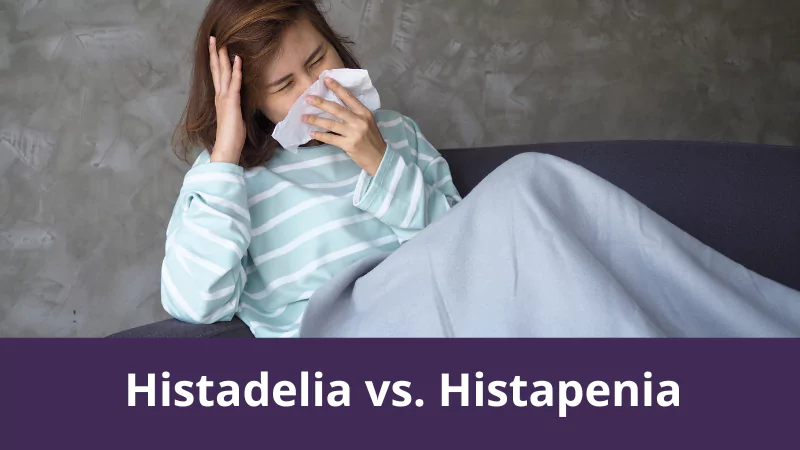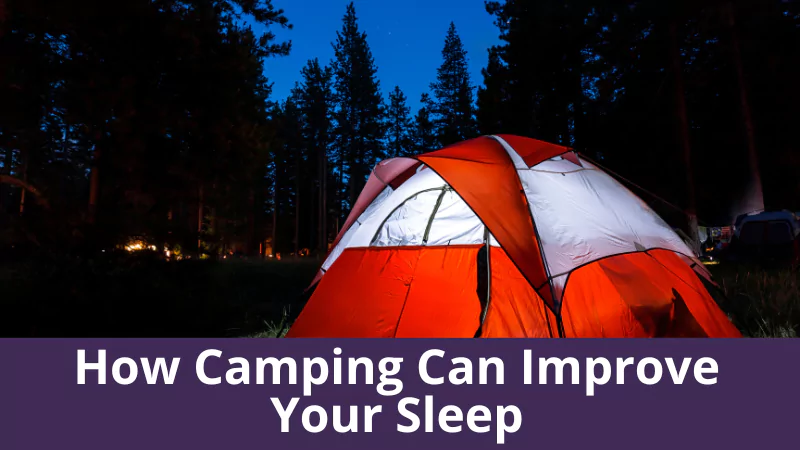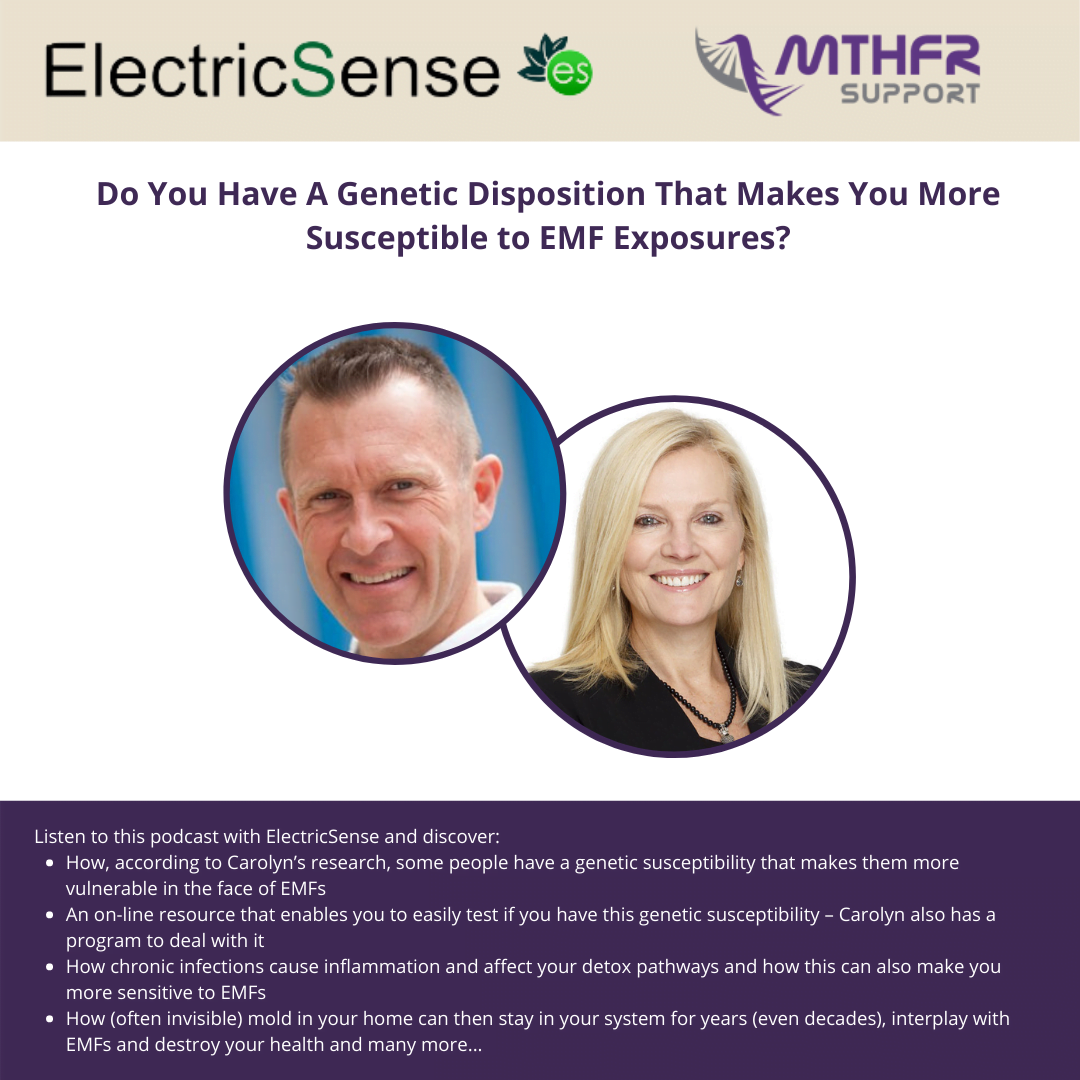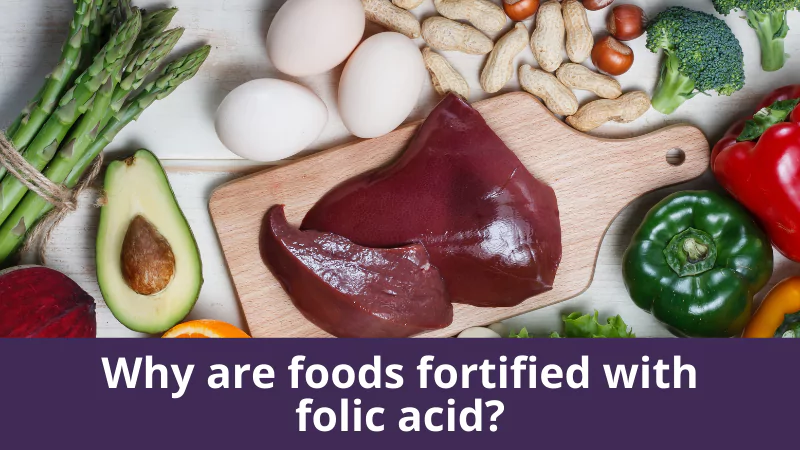Histadelia vs. Histapenia: Does the Pfeiffer protocol always make sense?
Understanding Your Histamine Blood Test Results
Histamine is most popularly known for its role in allergic and inflammatory processes, including immediate and delayed hypersensitivity immune reactions. It also serves as a neurotransmitter like serotonin and dopamine, and is therefore involved in alertness, arousal, learning, memory, regulation of appetite, and pain perception. Another of its many important roles is the regulation of the function of the gastrointestinal tract.
Because of its numerous functions, an imbalance of histamine levels in the body can lead to wide ranging adverse effects from something as simple as itching, hives, sneezing or runny nose to asthma, period pain, shortness of breath and elevated oestrogen levels.
Histadelia = High Histamine = UNDERmethylation
According to Karl Pfeiffer (and now Bill Walsh) The normal blood histamine range as per Pfeiffer protocol is 33-65 ng/ml. Histadelia pertains to high blood histamine levels although according to Pfeiffer, the reading must at least be 70ng/ml to qualify as histadelia. In Australia our range is >.6 umol/l.
High histamine is usually brought about by metabolic imbalances that results from many factors like lack of B6 that acts as a cofactor to convert histadine to histamine, gut bugs that cause elevated histamine, ingested histamine, oestrogen levels (high estrogen will elevate histamine levels and high histamine can elevate estrogen levels) so there is so much more to histamine levels than just methylation.
Sure if someone doesn’t have enough SAMe (s-adenosylmethionine) then the cofactor for HNMT isn’t there to breakdown intracellular histamine levels and HNMT greatly affects respiratory histamine levels.
Ok so this makes sense, however where I think the Pfeiffer protocol falls down is that methylation only affects intracellular histamine levels via the HNMT (histamine N-methyltransferase) it does not take into consideration extracellular histamine breakdown via DAO (diamine oxidase). Also histamine receptors 1 to 4 can also impact neurological histamine levels.
As you can see below there are many enzymes that degrade histamine and HNMT is methyl dependant but DAO is not. So we need to be reviewing all histamine degrading enzymes and their cofactors.
When the blood contains high amounts of histamine, some of the excess gets stored in the brain. This is primarily due to the action of the histamine receptors, especially histamine receptor 3. In the brain, histamine can interrupt the release of important neurotransmitters which include serotonin, dopamine, and norepinephrine.
Serotonin and dopamine are the chemicals that contribute to feelings of happiness and well-being. Norepinephrine, on the other hand, is responsible for memory, attention, arousal, alertness, and vigilance. Low levels of any one of these neurotransmitters can cause some people to exhibit various psychological and behavioral symptoms like aggressiveness, hyperactivity, compulsivity, perfectionism, and over-competitiveness. Some symptoms of depression like crying often and thinking about suicide may also be observed. Physical symptoms are also common, with the usual ones being allergies, headaches, and increased sensitivity to pain.
Supportive nutrients and cofactors are key and we need B6, calcium, copper , zinc, , FAD, Tetrahydrofolate, vitamin C, NAD, B1 and SAM for us to effectively breakdown histamine levels. Calcium, in particular, facilitates the release of excess histamine into the bloodstream. Some forms of buffered vitamin C may also be prescribed to enhance the effect of calcium. It can take about three to six months for histamine levels to normalize. If treatment is discontinued halfway, symptoms return.
Histapenia = Low Histamine = OVERmethylation
Histapenia, according to Pfeiffer is characterized by low blood histamine levels of 27.6ng/ml for females and 20.2ng/ml for males. And according to Pfeiffer it is related to overmethylation. However again there are many cofactors and nutrients and sure if we have too much SAM then we may be breaking intracellular histamine down too much but we would also need excessive amounts of FAD, zinc, vitamin C, NAD, B1 as well. We are only considering intracellular histamine levels and also not taking into consideration the excitatory nature of an overdose of ingested histamine affecting the DAO enzyme.
Aside from stimulating the release of neurotransmitters, another role of histamine in the brain is to counteract the effects of dopamine and filter sensory data going to the brain. Too little histamine means dopamine levels will be elevated and this may result in anxiety, paranoia, being suspicious, and hallucinations.
http://www.ncbi.nlm.nih.gov/pmc/articles/PMC3389384/ http://www.ncbi.nlm.nih.gov/books/NBK28245/
As you can see above in this article by Maintz, histamine has far reaching effects on the body. I think the Pfeiffer protocol which says high histamine = undermethylation and low histamine means overmethylation is too simplistic. I also don’t believe there is any such thing as ‘overmethylation’ . I think these people produce the same amount of methyls as the next person but they can’t utilise them effectively so I would prefer to use the term underutilisation.
So when considering histamine levels and methylation we need to be looking at the big picture. Many factors affect histamine breakdown and production and its not all about methylation.
You might like to listen to my histamine webinar
References:
Harpas, M. (2013). Elevated Histamine Levels Cause Undermethylation. Retrieved August 23, 2016 from http://naturalhealthmedicine.com.au
http://naturalhealthmedicine.com.au/elevated-histamine-levels-cause-undermethylation/
Histamine (Rep.). (2013). Retrieved August 23, 2016 from http://www.biolab.co.uk
Jackson, J. A., Riordan, H. D., Neathery, S. & Revard, C. (1998). Histamine Levels in Health and Disease. Journal of Orthomolecular Medicine, 13(4), 236-240.
(PDF: https://riordanclinic.org/wp-content/uploads/2014/12/89023762_jom.pdf)
Jackson, J. A., Riordan, H. D., Neathery, S. & Krier, C. (2006). Blood Basophils and Histamine Levels in Patients. Journal of Orthomolecular Medicine, 21(2), 107-108.
(PDF: http://orthomolecular.org/library/jom/2006/pdf/2006-v21n02-p107.pdf)
Kaslow, J. E. (n.d.). Under-methylation/HISTADELIA. Retrieved August 26, 2016 from http://www.drkaslow.com
https://www.drkaslow.com/histadelia
Larson, J. M. (n.d.). The Ups and Downs of Abnormal Brain Histamine. Retrieved August 23, 2016 from
Reid, J. C. (n.d.). Ease Anxiety and Depression Simple Lab tests which may change your life!. Retrieved August 23, 2016, from http://carriagehousemedicine.com
Walsh, W. J. (n.d.) Biochemical Individuality and Nutrition. Retrieved August 23, 2016 from
http://www.walshinstitute.org








